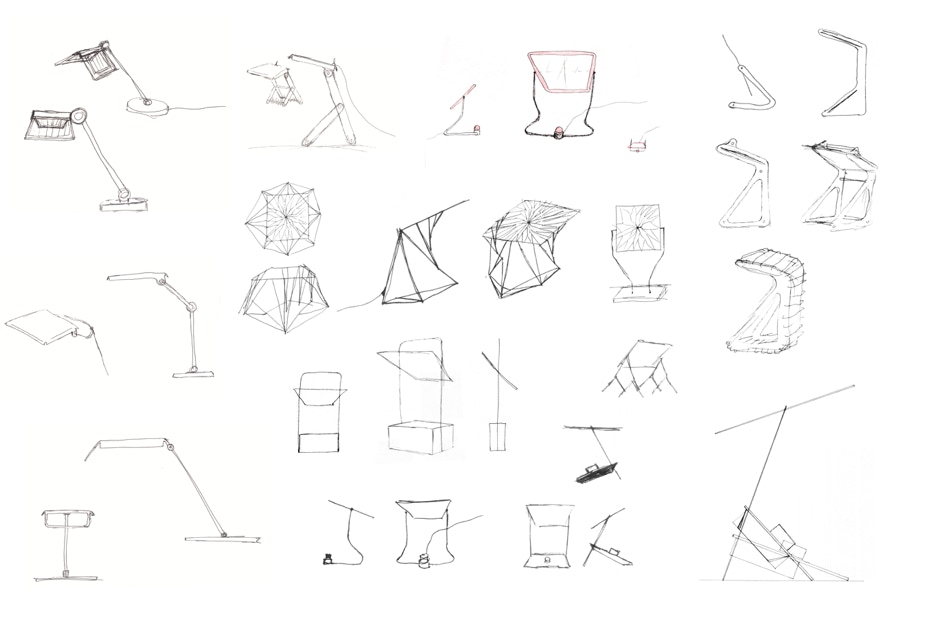OLED Desk Lamp
for Universal Display Corporation
2010
Background
Around 2009, as the first consumer products with OLED displays were hitting the market, UDC began looking at the lighting industry and specifically developing materials for it. My team, led by Dr. Ray Ma, was charged with creating a 6-inch-square OLED lighting panel. At the time, it would be the largest in the world and the size limit of what could be produced using UDC's equipment. Concurrently, I began designing a lamp to showcase the panel.
Design Brief
The primary design objective was to highlight the thinness and lightness of the new panel in a context that would make use of its high color rendering index (CRI) value.
Process
Given the brief, I decided to explore using the panel as a task lamp. As much as possible, I wanted the panel to appear to simply float over the desktop. I considered adjustable designs with articulated frames as well as designs with no articulation that could redirect light by rocking a static base.
Resolution
Ultimately, because the panel was limited in how bright it could get, I fixed the height of the lamp at 10 inches with the panel suspended on two thin carbon-fiber rods. The only articulation was in the head of the lamp, which could rotate 360 degrees to allow either direct illumination of the desktop or indirect illumination when rotating the light to bounce off a wall or other surface. I also explored touch-based and touchless dimming sensors, but found I preferred the tactility and straightforwardness of a large rotary knob which became a defining element of the lamp.


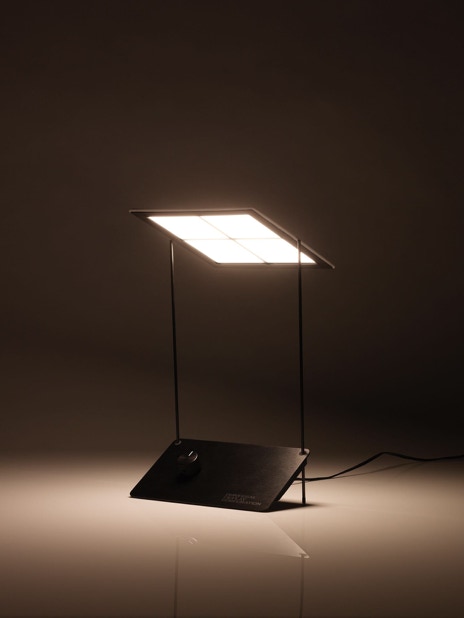

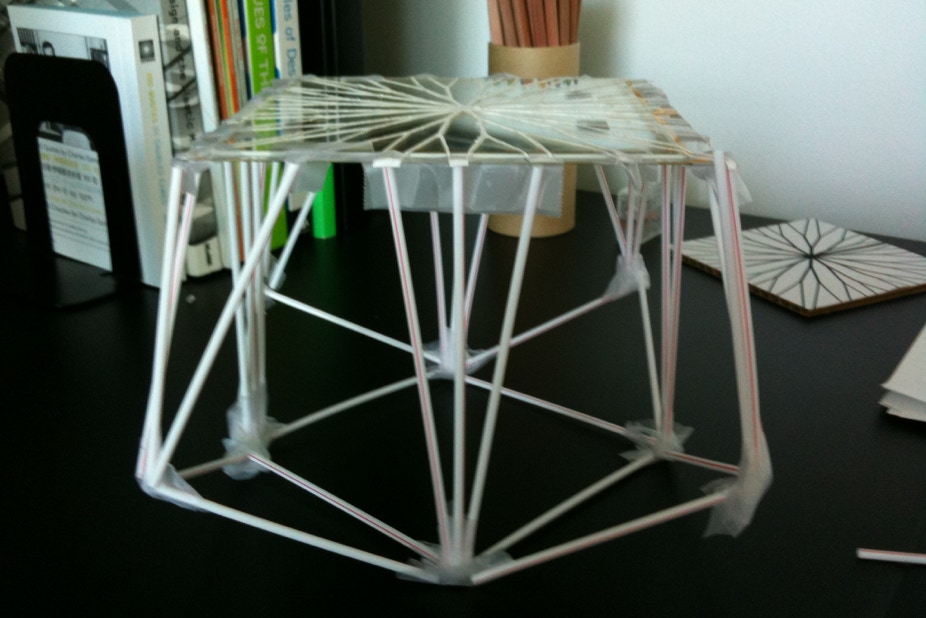
Study Model
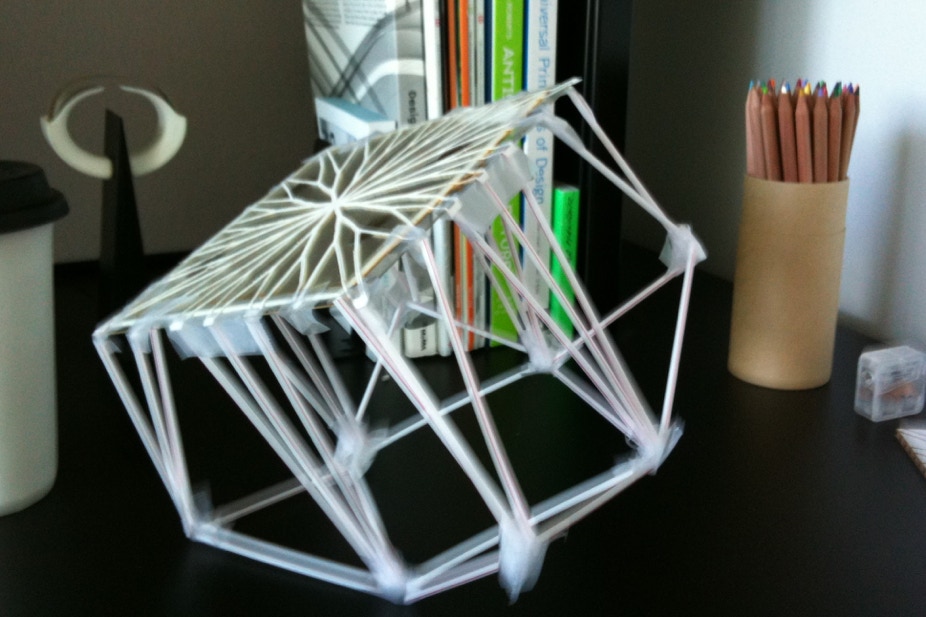
Study Model
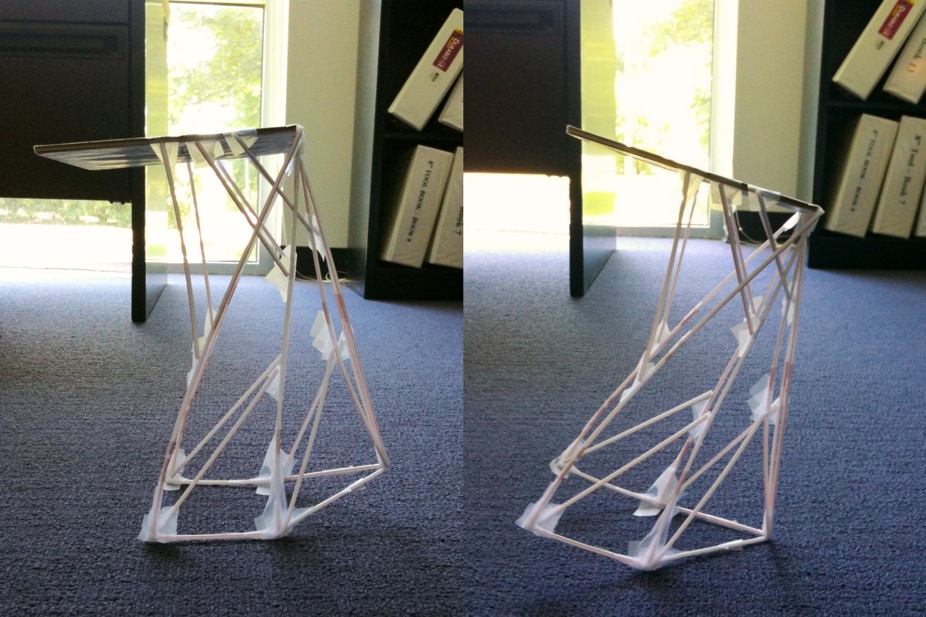
Study Model
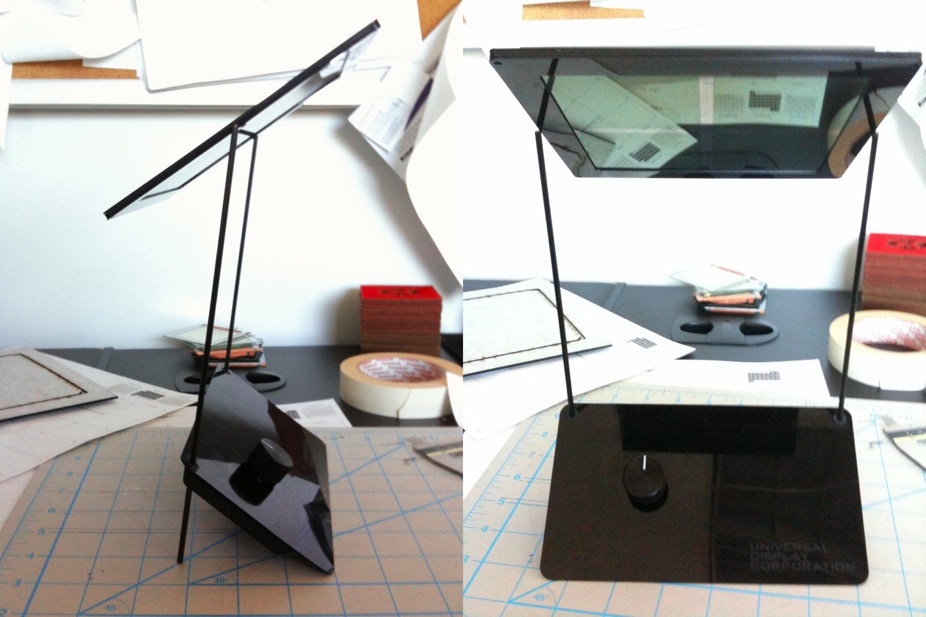
Plastic Prototype
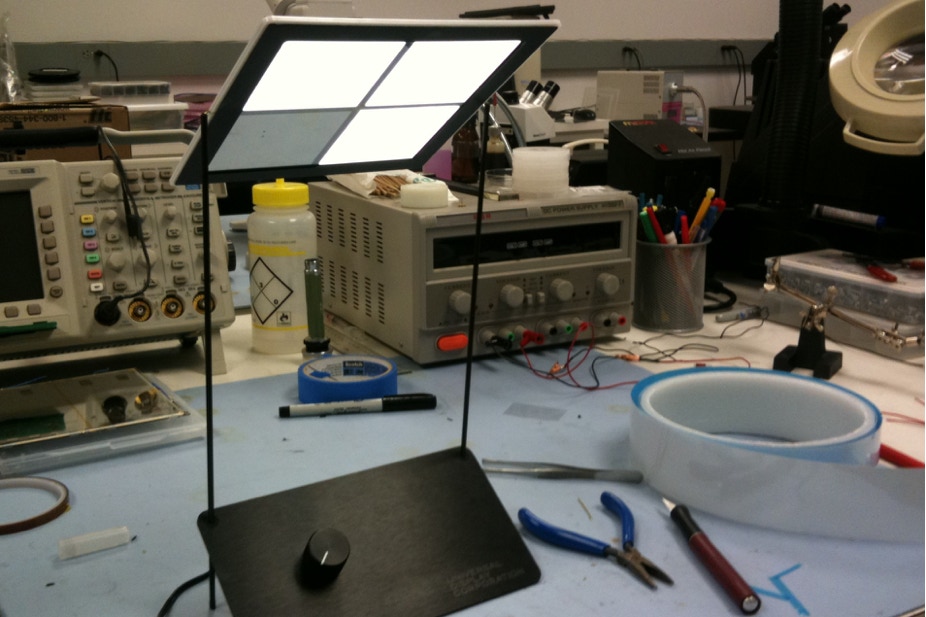
Lamp with Shorted-Out Panel
